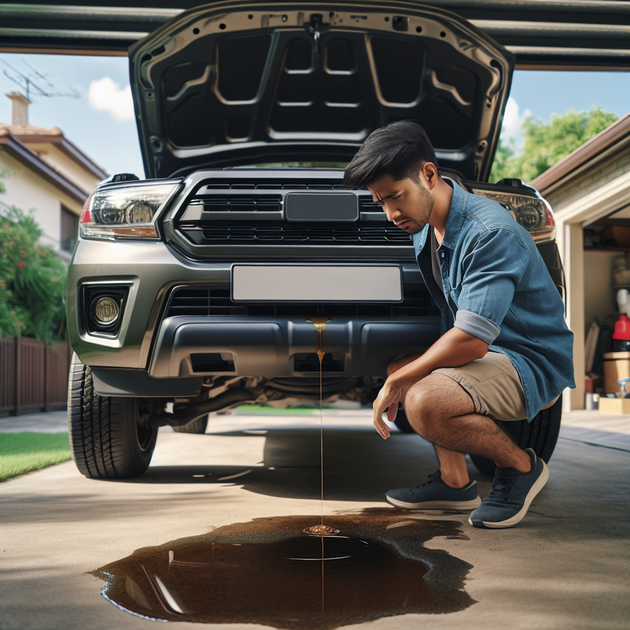Is there anything more frustrating than paying for an oil change—only to get a “oil pressure low” warning the very next day? For many drivers, it feels like you’re doing everything right for your car, but then something goes wrong anyway. If this happened right after visiting Valvoline or any other quick-lube shop—especially if you drive a 2016 GMC Canyon V6—it’s important to act quickly before the problem gets worse.
Understanding the “Oil Pressure Low” Warning
When your dashboard suddenly flashes the “oil pressure low” message after an oil change, it’s not something to ignore. This warning means your engine isn’t getting enough lubrication—a recipe for serious (and expensive) damage. Sometimes it’s just a faulty sensor, but if you also spot a big puddle under your car or notice fresh drips in the driveway, that signals a real leak.
It’s not uncommon for issues like this to pop up right after an oil service. Mistakes can happen—maybe the new filter wasn’t installed properly or the drain plug wasn’t tightened enough.
Common Causes of Oil Leaks After an Oil Change
If you spot oil on the ground and have that dreaded “oil pressure low” message on your 2016 GMC Canyon V6 (or any car), here are some likely culprits:
- Loose or missing drain plug: If it wasn’t tightened properly during your Valvoline visit, oil will leak out fast.
- Improperly installed or damaged filter: A double gasket or cross-threaded filter can let oil escape.
- Over- or under-filling: Too much or too little new oil can trigger warning lights and leaks.
- Old gasket stuck on block: Sometimes the old rubber gasket from the last filter doesn’t get removed—a classic mistake.
It pays to double-check these things whenever there’s a mess under your car right after maintenance.
What Should You Do Right Now?
If you’re staring at a pool of fresh oil and the “oil pressure low” light is on:
- Turn off your engine immediately.
- Avoid starting or driving the car any further.
- Check under the hood: See if you can spot where the leak is coming from—the filter area or drain plug are good places to start.
- If safe: Wipe around those areas with a rag and look for new drips as someone else cranks the engine (for just a second!)
- If you just left Valvoline: Call them right away. Most shops guarantee their work and should send help or pay for repairs if they made a mistake.
- Learn about auto repair basics here.
Don’t try topping up with more oil without figuring out where it’s all going. Adding more won’t solve anything if there’s still a leak.
A Real-World Example You Might Relate To
A driver recently shared their story online: They got their routine service at Valvoline for their GMC Canyon V6—then drove off without any issues. But by the next morning on their commute, they got hit with that dreaded “oil pressure low” alert and discovered a huge oily mess in their parking spot.
Turns out, their filter wasn’t seated correctly during installation. The shop admitted fault and covered cleanup plus repairs—but not until some stressful moments were spent wondering if their engine was ruined.
If this sounds familiar, don’t feel alone! Quick-lube mistakes are more common than most people think.
How Can You Prevent This Next Time?
While not every mishap is preventable, there are steps every driver can take:
- Ask for old parts back (filter/gasket) so you know they were removed.
- Double-check under your vehicle before leaving the shop for any puddles.
- If possible, inspect around the filter and drain plug at home after service.
- If something feels off—noises, smells, warning lights—don’t wait to check!
It never hurts to be proactive about car maintenance—even when you trust professionals with your ride.
Your Turn
Have you ever dealt with an “oil pressure low” warning right after getting an oil change? What did you do about it—and did your shop make things right? Leave a comment below and share your experience!

Leave a Reply